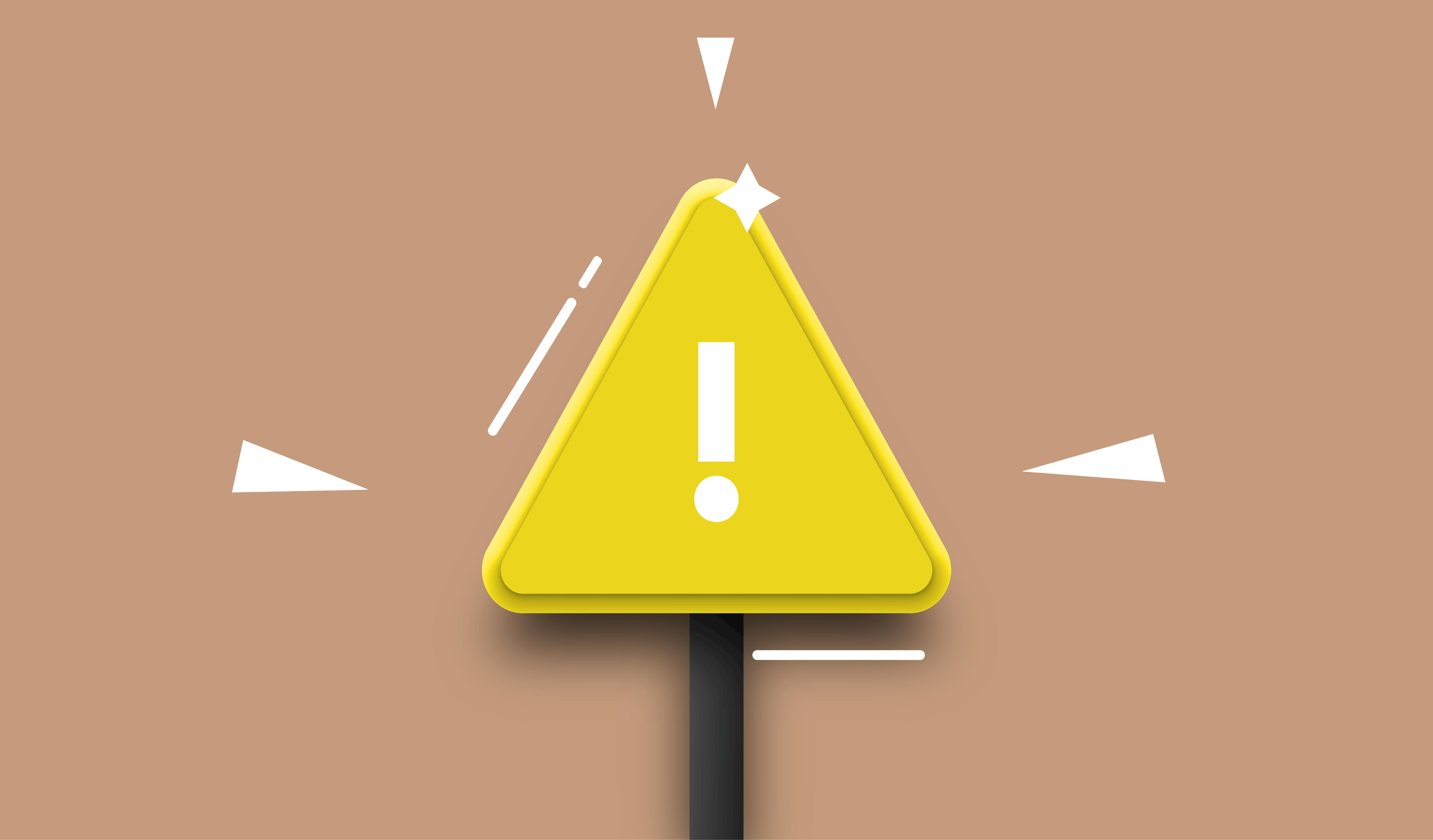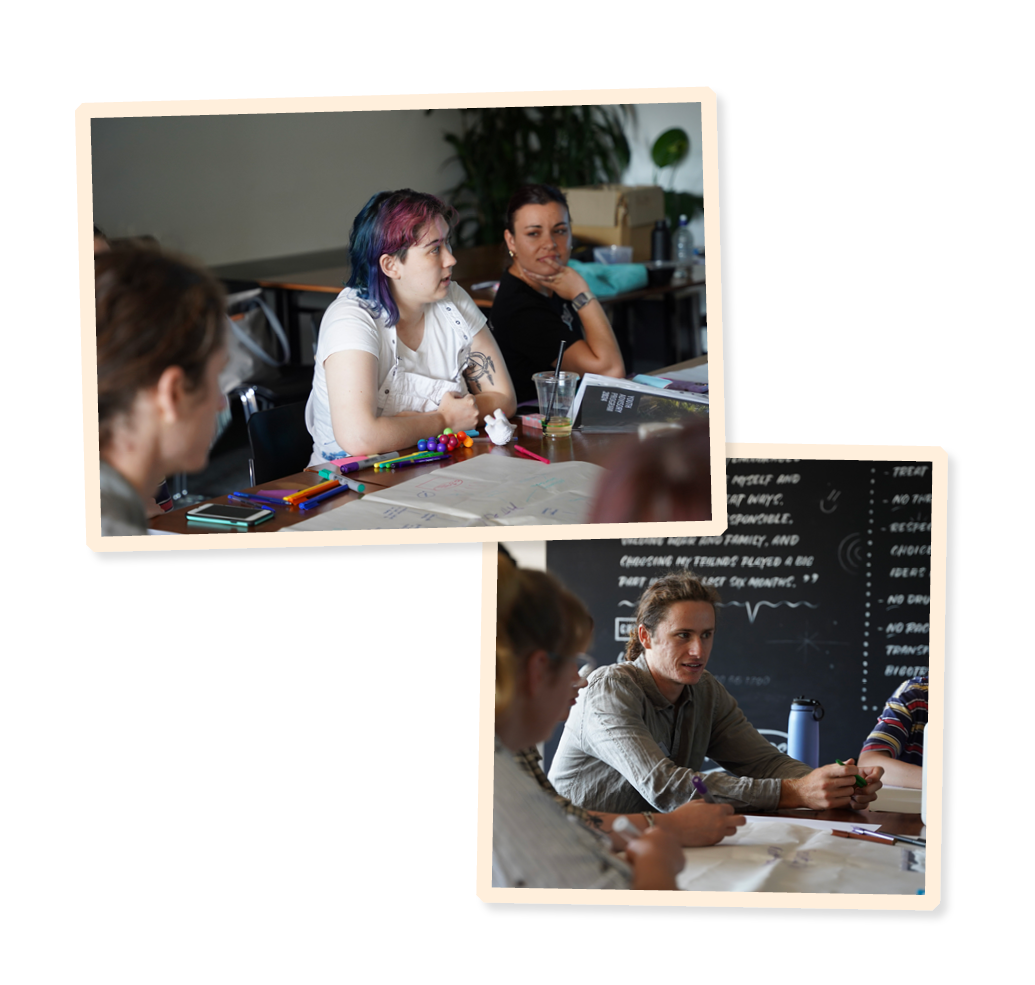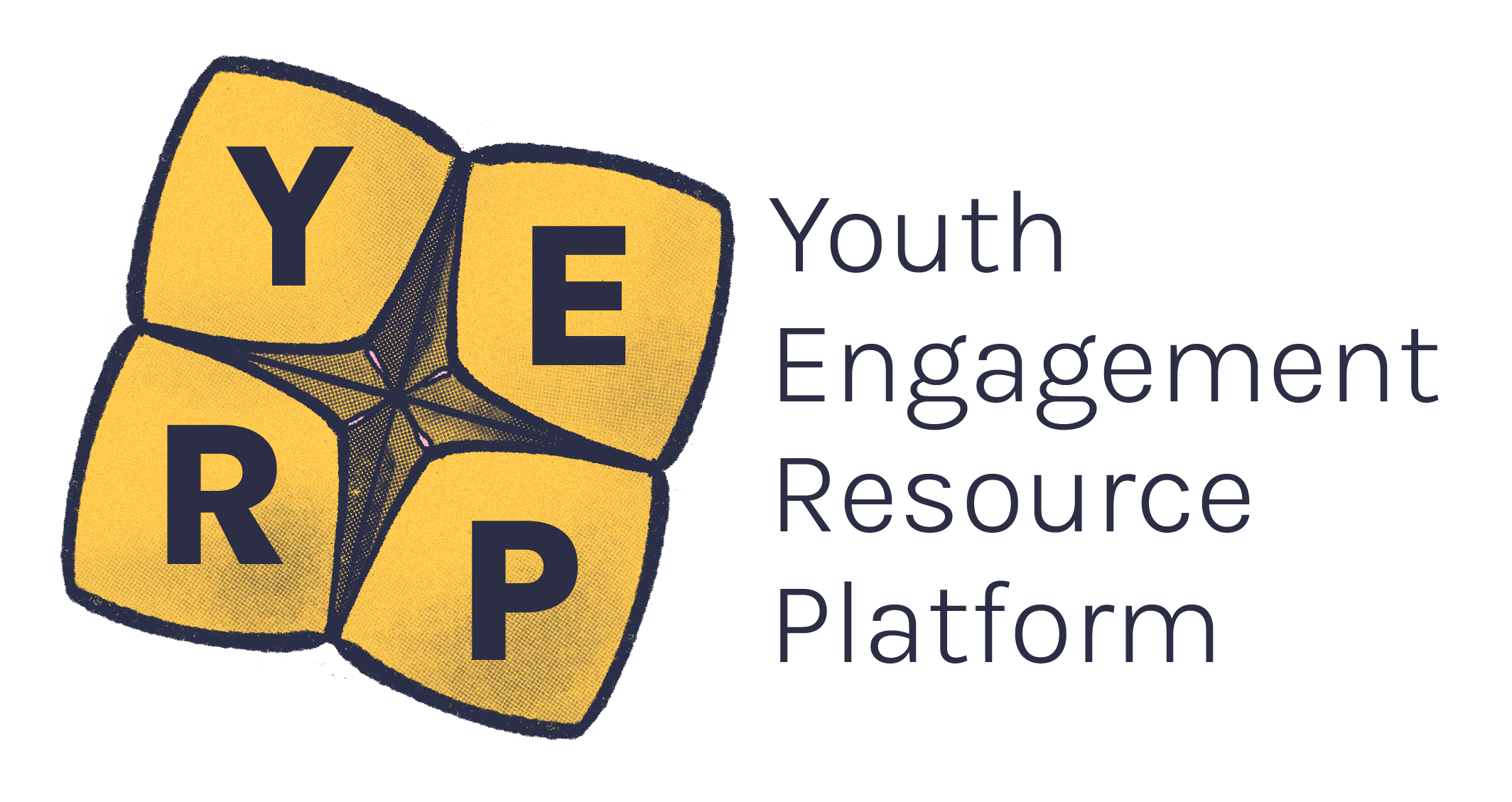Using storytelling to share your lived experience can be an engaging and empowering way to communicate your personal challenges and growth to others who may be in similar situations.
Sharing lived experience can be a deeply personal and sometimes confronting practice for both the person sharing and their audience. Because of this, take the time to carefully consider what you share, how you share, and why you’re sharing it to make sure you’re maintaining your safety and the safety of the people listening1.
this is my story I am not the little
mermaid or Pinocchio or Mr spark or
Shelton Cooper or Rainman or the person
you want me to be or the person you're
afraid of I'm just me like you're just
you like every person is just their own
self I'm
Olivia or Ollie live olivy AI AIA every
friend I make finds a new way to Butch
my
name I'm just me and there is nothing
wrong with that I have
power and I have a
voice
and that's all I really want to say
This is Olivia's story, sharing proudly her identity and individuality as part of episode 1: Assumptions, from season four of PROJECT ROCKIT TV.
Before sharing, do some personal reflection about your experience so that you have a clear idea of what you’re comfortable sharing and how it may impact you.1
Ask yourself how you feel about sharing your story at the present moment.1,2
- Do you currently have lots of stress in your life?
- Do you have any deadlines or important responsibilities coming up?
- How have you felt when you have shared in the past?
- Does the thought of sharing your experience make you feel empowered or make you feel anxious?
Consider the following...
What’s the reason for sharing this particular story or experience?1,2
- What are you hoping that others will learn or get out of your story?
- Have a clear goal and message when telling your story and to consider if and how it will benefit your audience.
Is the story relevant or necessary?1
- Only share experiences and stories that are relevant or necessary to the situation.
- This follows on from the above consideration around what the reason is for sharing this experience or story – if you don’t have a clear reason, maybe it’s an unnecessary experience to share.
How long has it been since this event or period happened?1,2
- Do you still feel significant anger or sadness or a sense of unresolved emotion around this experience?
- If so, it might be worth considering how this might make your audience feel and what their main takeaway will be.
- Having your audience leave with a heavy sense of hopelessness is not ideal.
- It’s generally recommended to wait at least a year before sharing your experiences – time is a helpful buffer that will allow you to feel more comfortable with re-telling your story.
If you haven’t shared your story in the past, how would you feel about sharing it for the first time in this setting?2
- It would be best to share with someone you trust beforehand as you may be caught off guard by unexpected emotions or memories that surface while retelling.
What setting will you be sharing your story in?2
- Will it be online?
- At a big event?
- In a small group setting?
- All of these settings will have different considerations that you will need to think about beforehand.
For example – if a recording of your story is uploaded online, it will be potentially accessible to a very wide audience for a long time (possibly forever), especially if it’s shared or re-uploaded via social media.
Do you have support while you share your experience and after in case you experience distress?1,2
- Do you work or volunteer somewhere that can provide you with support?
- Can you call on people close to you for emotional support or debriefing after sharing?
- Do you have self-care routines in place that help soothe you when stressed?
It’s important to ensure you’re gentle with yourself after sharing your experience and have a network of people you can reach out to.
Illustration by Ava.
Illustration of two people talking.

What will you say about your experience? Think about the ways you can best communicate your story that will feel comfortable for you and the audience you are sharing with.1
Your Motivations
To get started, you might like to complete this worksheet. It can help to talk, write or think about the reasons you want to share you story, as this will guide how you answer the below reflection questions.
Download an accessible version of the worksheet.
Who is your audience?1,2
- Will you appear on TV or in another public forum?
- Is your audience young or old?
- Do you know if they share your experience or not?
You may never know the answer to this so try to be as sensitive as you can to your audience’s context while remembering that you cannot always control people’s reactions to your story.
How do you want to communicate your experience?2,3
- Work out what language you will use to describe your experience.
- You will likely have a highly personal way of communicating your experience that feels OK for you, but it’s important to consider how people with similar experiences may respond to hearing you talk about something familiar to them.
- Try to avoid stigmatising language or using shame or self-deprecation when framing your story – you never know if someone else is currently going through the same thing or is at a different stage of acceptance.
How much do you want to share?2
- It’s good to have some boundaries to your story so that you don’t get flustered and accidentally overshare, or so that you avoid unnecessary detail.
- It would be helpful to journal about your experience a few times beforehand.
- This will assist with emotionally processing your experience and highlighting any areas you don’t feel comfortable talking about yet.
- From this you can create a plan and write a speech or script with the key points or events you want to share with people.
Does your story include depictions of graphic or triggering content such as suicide, self-harm, or abuse?2
- If so, you should give a content warning before you begin and limit the amount of detail you go into. We have a section on how to give a content warning below.
- It might also be good to get a second and maybe third opinion on your story before you share.
How much time have you been allocated?2
- Finding a balance between giving enough detail to communicate your experience and giving so much detail that you head into waffling territory can be tricky.
- This can be managed by writing yourself a loose script with key points you want to discuss, and then rehearsing within the time you have been allocated.
Are there any privacy concerns you need to be aware of?
- Think about whether or not you need to change names, locations, or remove excess detail that could make the story identifiable.
- Also consider how sharing your story might impact you and others discussed in it beyond the space you share it in.
Are there any An unintended consequence of an event or action, especially an unwelcome one. repercussionsfor sharing your story or experience?3
- This may sound a bit scary, but it’s helpful to flag that there may be repercussions if you share your story with particular audiences.
- For example, if you disclose an experience publicly then it’s out there in the open, possibly forever. Could your story/lived experience be used against you by employers?
- Are you comfortable with this?
- If you name people who were involved in the experience, could it be considered defamatory? Call-outs can be powerful but they should be carefully considered beforehand primarily to protect you as the person naming someone else.
How comfortable do you feel with sharing your story as your own?
Sometimes you may want to share your experience with someone, but you want to maintain your privacy and confidentiality.
There may be a variety of reasons for this:
- You may be a part of a tight-knit community that would disapprove of your lifestyle choices, or
- Your identity or experience, or you may not be openly ‘out’ to people around you yet.
This is especially common in rural and regional areas because in small towns you are easily identifiable and everyone runs into everyone on a regular basis.
As an alternative, you may want to frame your story as one that happened to a friend or someone you know to create distance between yourself and the story, while still receiving support and connection from others.
What are content warnings?
Content warnings refer to information given prior to discussing a topic to let people know that the content may be sensitive to some people due to their lived experience or trauma.
Content warnings help us be mindful of people’s wellbeing and are given so the audience knows that ‘XYZ’ topic will be discussed. If they don’t feel comfortable listening to this discussion, they can exit the room or step away from their computer.
It’s important to give people the agency to stay or leave and self-manage their own wellbeing.
This gives participants the chance to self-select as to whether they join the group and time to prepare how they will manage the conversations.
How to give a content warning
- Content warnings can be given verbally or in writing before an activity or event.
- Once you give a content warning, give people a chance to leave if they want to.
- Give people a timeline of when the content warning will be over so they can rejoin the event/meeting/discussion if they would like to.
- If online, write in the chat when the content warning is beginning and when it has ended.
- If online, ask people to privately message you when they have returned so you know they’re back and safe.
- If in-person, you can let everyone know that if they step outside the room for a content warning a member of staff will come to find them once it’s complete.
- Discuss content warnings at the beginning of the session/program so that people know how and when to use them and be clear on how it will work.
- If participants forget to give a content warning you might need to jump in and pause the conversation, give the warning and allow people to self-manage before handing back to the person speaking to continue.
Example content warnings
In writing
“I want to include a content warning for next week’s session on addiction as it may include a range of topics including alcohol, drugs, gambling, porn and depression.
Our group conversations are great because of all your voices and experiences, but I understand that on a particular day you may not feel like talking about these topics. You’re welcome to attend the whole session or attend some parts of it – I’ll give content warnings as we go.”
Online
“I will now give a content warning about topics that I will be discussing next. If you choose not to participate, that’s completely understandable. You’re welcome to turn down your volume. Once the content warning has finished, I will put my hand up on the screen and also write it in the chat. You will know that it’s safe to rejoin.”
In-person
“I will now give a content warning about topics that I will be discussing next. If you choose not to participate, that is completely understandable. I will give people a couple of minutes to exit the room if they wish to.
Once the content warning has finished, a team member will let you know that it’s safe to rejoin.
Sometimes, it may seem uncomfortable for people to leave the room without feeling a sense of judgement. We recommend that after you give a content warning, you check in with the group and let people know they can speak to you privately at the conclusion of the event/meeting/program if they need to debrief or seek support."
Alert symbol

- Lifeline: 13 11 14
- Suicide Call Back: 1300 659 467
- Kids Helpline: 1800 55 1800
- Beyond Blue: 1300 22 4636
- headspace: 1800 650 890
- Yarn Safe: A set of resources on mental health and wellbeing, stress and pressure, relationships and alcohol and drugs.
- 13Yarn - Aboriginal or Torres Strait Islander Crisis Support: 13 92 76
- Mensline Australia: 1300 78 99 78
- SANE Australia: 1800 187 263
- Butterfly Foundation. (2023). Sharing your lived experience safely. https://butterfly.org.au/sharing-your-lived-experience-safely/
- Mental Health Foundation of New Zealand. (2023). How to tell your mental distress or illness story safely. In How To Tell Your Lived Experience Story Safely. Mental Health Foundation of New Zealand, 1-6. https://mentalhealth.org.nz/resources/resource/how-to-tell-your-lived-experience-story-safely
- Our Race. (2022). Transformational Ethical Story Telling: A guide for Story Holders working with organisations. In Story Support. Our Race, 1-7. https://www.ourrace.com.au/story-support





